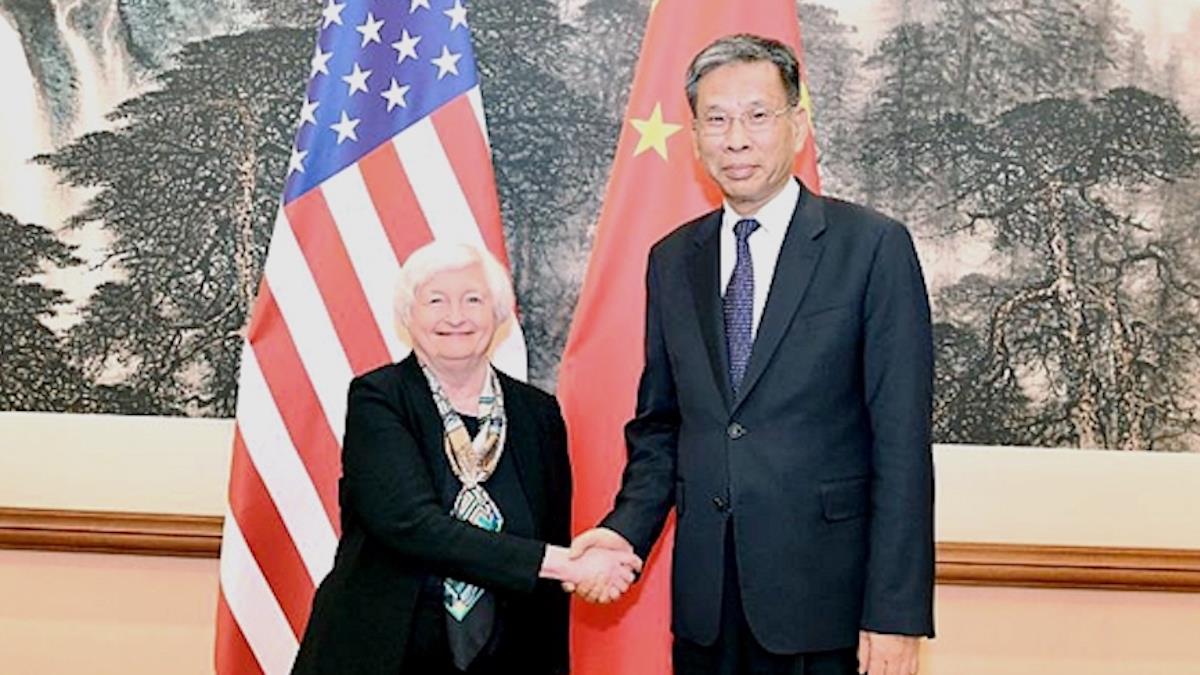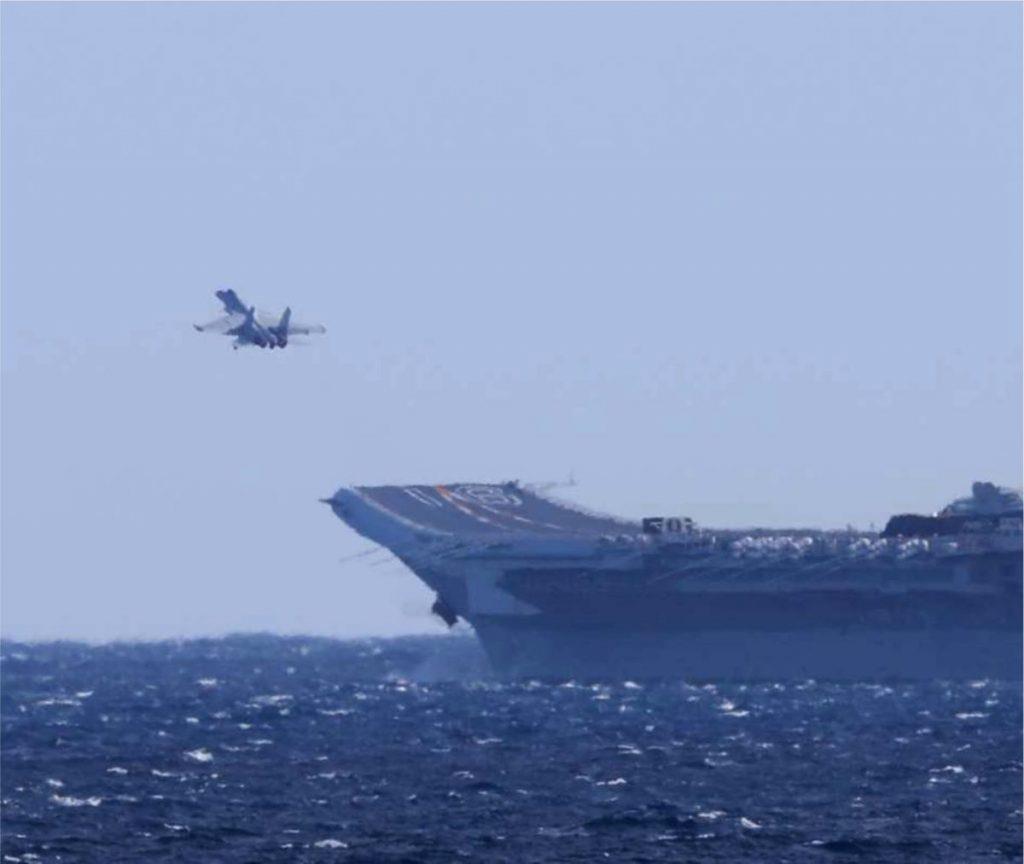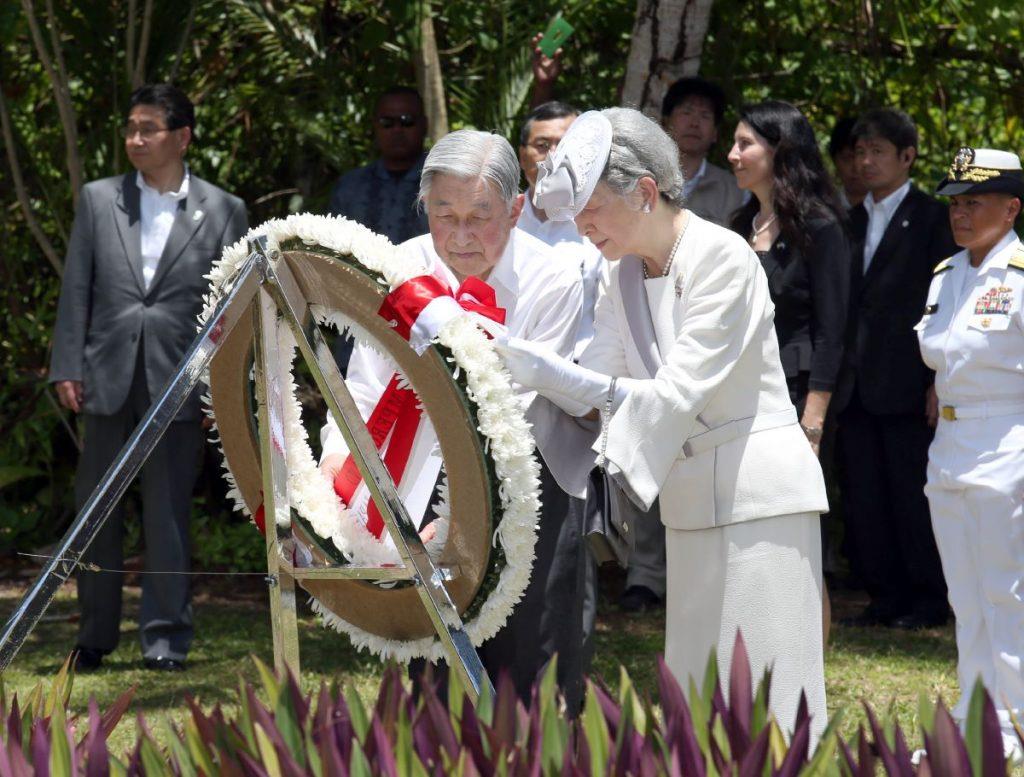And sometimes it does too little – as is happening in the Central Pacific. That is where
chinese influence
has gradually eroded what Washington thought was a solid, almost guaranteed presence.
First a little background. Three contiguous island nations – Republic of
palau , Federated States of
micronesia , and Republic of
marshall islands
– occupy an area about as large as the continental United States. They also make up a huge corridor in the middle of the Central Pacific.
They make up strategic geography by any standard. Indeed, after World War II, they (along with what would become the Commonwealth of
northern mariana islands ) were declared the only“strategic trust territor ies” by the United Nations. And they were assigned to the United States for administration.
Starting nearly 40 years ago, as they became independent, each of the three entered into a“compact of free association” (COFA) with the US. These countries are now known collectively as the freely associated states (FAS).
These complex COFA agreements are currently being renegotiated. They provide the three countries with financial and other assistance - including the right of their citizens to live and work in the United States. The amounts and types of assistance are periodically renegotiated.
Through the COFAs, Washington also undertakes responsibility for the three nations' defense. That includes the right to prevent any foreign military presence in each of the COFA states. This, many strategists assume, is in“perpetuity.”
And that was supposed to be that.
As a former US Navy intelligence officer puts it:“If we lose the Freely Associated States to the PRC, then you can kiss
taiwan
goodbye.”
However, over the last 30 years (some would say longer) the PRC has insinuated itself into the commercial and political systems of each FAS nation. It is now to the point that American control is no longer thesure thing it was once thought to be.
There is no reason the FAS nations cannot cancel the COFA agreements. Or, for that matter, just declare that they no longer consider the deals to be valid and are withdrawing.
And China has got a blank check or three ready in case they should do so. In fact, it is encouraging them. If this happens the United States has no good options – and“sending in the Marines” is not a good option.
The financial and service components of the COFAs must be signed by at least the Federated States of Micronesia and Marshall Islands. (Palau is a year later.) And then they must be passed by the US Congress by September 30, 2023.
Latest stories

softbank is at the center of yearlong nikkei rally

china raises five demands during yellen's visit

why s korea's yoon just isn't popular
If they are not, services like weather forecasting, the post office, education programs, and much, much more run out of money. This can be quite serious. For example, the Federal Aviation Administration is one of the services. If that stops running, normal flights can't operate.
So far, Marshalls hasn't signed. But Palau and Micronesia have signed, and those agreements are heading to Congress. While the Senate seems supportive, the question is, will they pass the House of Representatives?
One would think a look at the map – and remembering a little history about
world war ii
– would make even the most skin-flint of politicians reach for the checkbook and allocate whatever funds are necessary to keep the FAS nations on side.
It is the best bargain the United States has ever had.
A critical foundation in the Central Pacific The COFA's are best viewed as a maintenance fee and a foundation for the US presence in the Central Pacific. And that comes with the right to exclude foreign militaries from the FAS territories. Sort of like buying health insurance.
The amount of money needed to renew the COFA deals is also a pittance – around $7.1 billion, spread out over three countries and twenty years. Said in another way, that's under $117 million per country per year (and a chunk of that goes back to US services).
Not convinced? That cost is literally less than half a day's
worth of medicaid and medicare fraud .
What would be the cost of having to defend properly or having to occupy the FAS to forestall Chinese influence?
A lot more than that.

The Chinese PLA Navy Kuznetsov-class aircraft carrier Liaoning was in the Pacific Ocean east of Okinawa on December 21-22, 2022. The carrier repeatedly landed and departed fighter jets and helicopters for a total of about 180 times. Photo: Japan Ministry of Defense Joint Staff Office The Risks of Passing This Up But can't the
us navy
just do more with what it has and“spread a bit” to cover the region?
The laws of physics intrude here. As noted by a senior retired US Navy officer who served in the Pacific for several decades:
The
us air force
would tell you something similar.
The US government has simply got to pay up – or it risks defeat in the Indo-Pacific. And that means defeat everywhere.
What would losing defense access given by the COFAs cost the US? Here is a back-of-the-envelope calculation of what it would cost to cover or properly control the area the US currently has access to under the COFAs in the absence of those agreements.
Of course it's a rough estimate of some initial costs, and it's limited only to a very, very narrow military lens, so it may be more and it may be less. But you'll get the idea.
1. More ships You'd need more Navy ships. Say 20.
That would give you 7 that you could keep on station or moving around the area. And remember that the area is the size of the continental United States.
It depends on type of ship ,of course, but you'd do well to have something that can fight since the PLA Navy may be on the scene.
Cost: $40 billion.
2.
Submarines
You might need another submarine to handle the area?
So maybe two or three subs. And don't forget extra submarine tenders.
Cost:
$10 billion or more.
3.
Aircraft You'd need additional aircraft – patrol, surveillance, combat – to deploy in the area.
Cost:
$2 billion.
3.
Ground troops Having a battalion of ground troops in each of the countries to keep things in order is another important part of the task.
Cost: $2 billion.
4.
Facilities and support Military construction would be necessary in the region. This would be needed to allow our occupying force to have facilities to live in and to operate from:
Cost $2 billion.
5.
Surveillance systems We would also need surveillance systems and hardware to cover the area.
Cost:
$2 billion.
6.
Missiles and defense hardware Air and missile defense hardware systems needed to defend US troops in the area would be another expense:
Cost: $2 billion.
7.
Seven years operating costs
Then there are operating costs over seven years for all of the above.
Cost:
$10 billion.
8. Support for the FAS Another cost would be that of running the FAS governments, societies, and economies for which we are now responsible.
Cost: $3 billion.
9.
Goodwill lost There is also the value of“goodwill” lost to the United States by virtue of having to become an occupying force. And that would happen in an area where we were once well-regarded. It would be a political warfare win for the PRC.
Value: almost priceless. But let's say $10 billion in cost to the US. It's also the equivalent of a $10 billion handout to the Chinese.
Total loss: $20 billion.
10. Regional allies and friends Another cost is the value of the United States' regional allies – Japan, South Korea, Taiwan, Philippines, Australia. And others who may not be allies but are watching closely to see if America is serious about defending its interests. And looking after its partners and resupply lines.
They won't just see this as America“wavering” but rather“withdrawing.” Indeed, we may find they become far less cooperative as they seek to hedge their bets.
Cost: It's hard to quantify, but say $10 billion – conservatively.

The Emperor and Empress (now emeriti) of Japan offered flowers at the Cenotaph for the 81st Infantry Division of the US Army on Peleliu Island, Palau. April 9, 2015. (Pool photo) Where that puts us And here we are at $103 billion.
But there's more: In the event a fight is required to keep or retake the FAS, the costs skyrocket.
As we saw in
afghanistan
where we were blowing $45 billion a year.
When you add in the cost of long-term veteran care, the price tag on the Iraq War is north of $3 trillion.
As one observer put it, that amount
And if Taiwan is lost because of what happens in the FAS, the blow to America's position in the Indo-Pacific ー not to mention its prestige, position and perceived reliability globally ー will be immense. This will have demonstrated that US military power could not keep 23 million Taiwanese free. United States financial and economic power could not either. Nor could America's nuclear arsenal.
The cost of this and having most of Asia turn red overnight will be a lot more than the $350 million that's being argued over with the COFAs.
Squandering opportunities Squandering this opportunity to renew relationships that have existed since World War II and to yield vital terrain that was paid for in American blood would constitute diplomatic, legislative and moral malfeasance.
It's not like we haven't seen this before.
In the early 1990's the US balked at the
philippines ' request to increase our annual rent on military facilities by $116 million per year. (In current dollars, that is three Joint Strike Fighters).
This was a bargain we passed on and China took notice. If we had remained, the spratlys , mischief reef and fiery cross reef would most likely be reefs today. Not Chinese military bases.
Congress is once again in danger of giving the expression“penny-wise and pound-foolish” a new meaning.
Grant Newsham is a retired US Marine officer and former US diplomat. He is the author of the book when china attacks: a warning to america . Find his testimony before the US Congress on youtube . This article was originally published by JAPAN Forward and is republished with permission.
Like this:Like Loading... Related